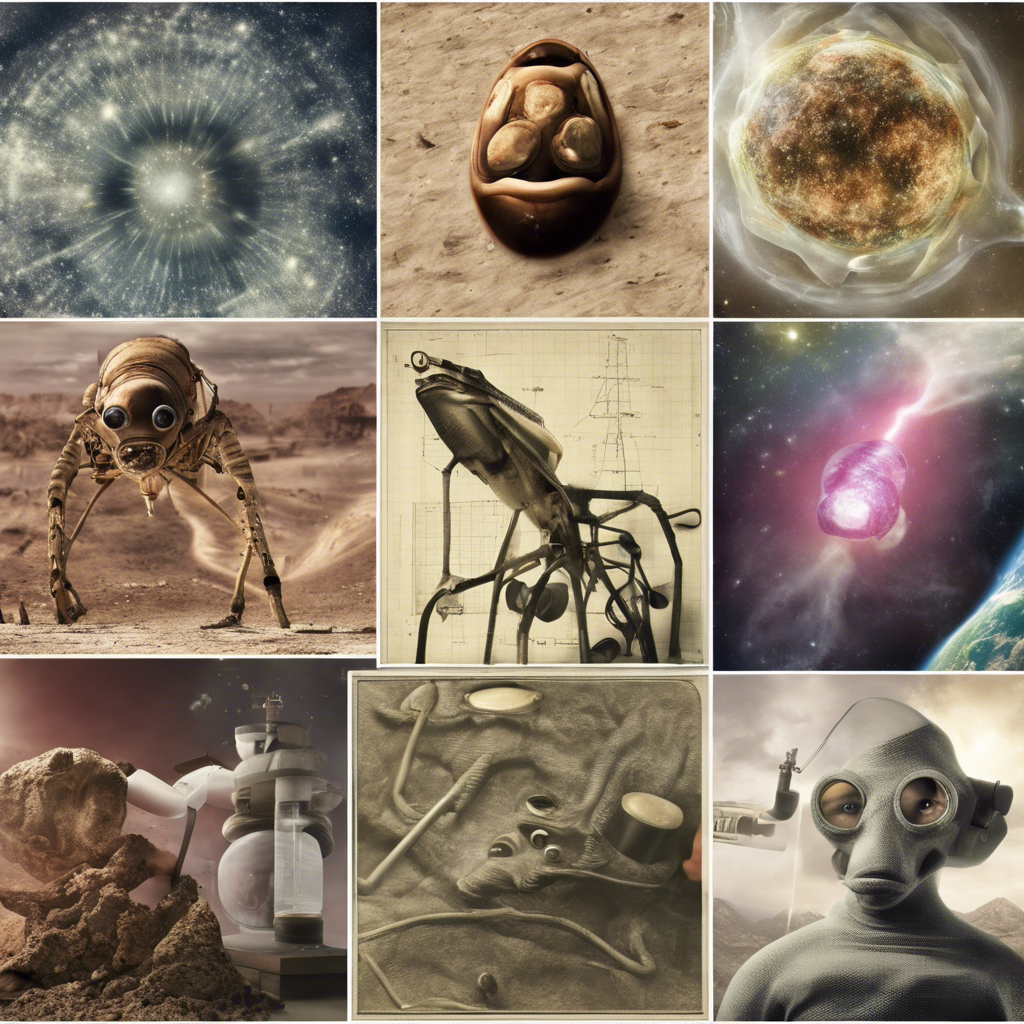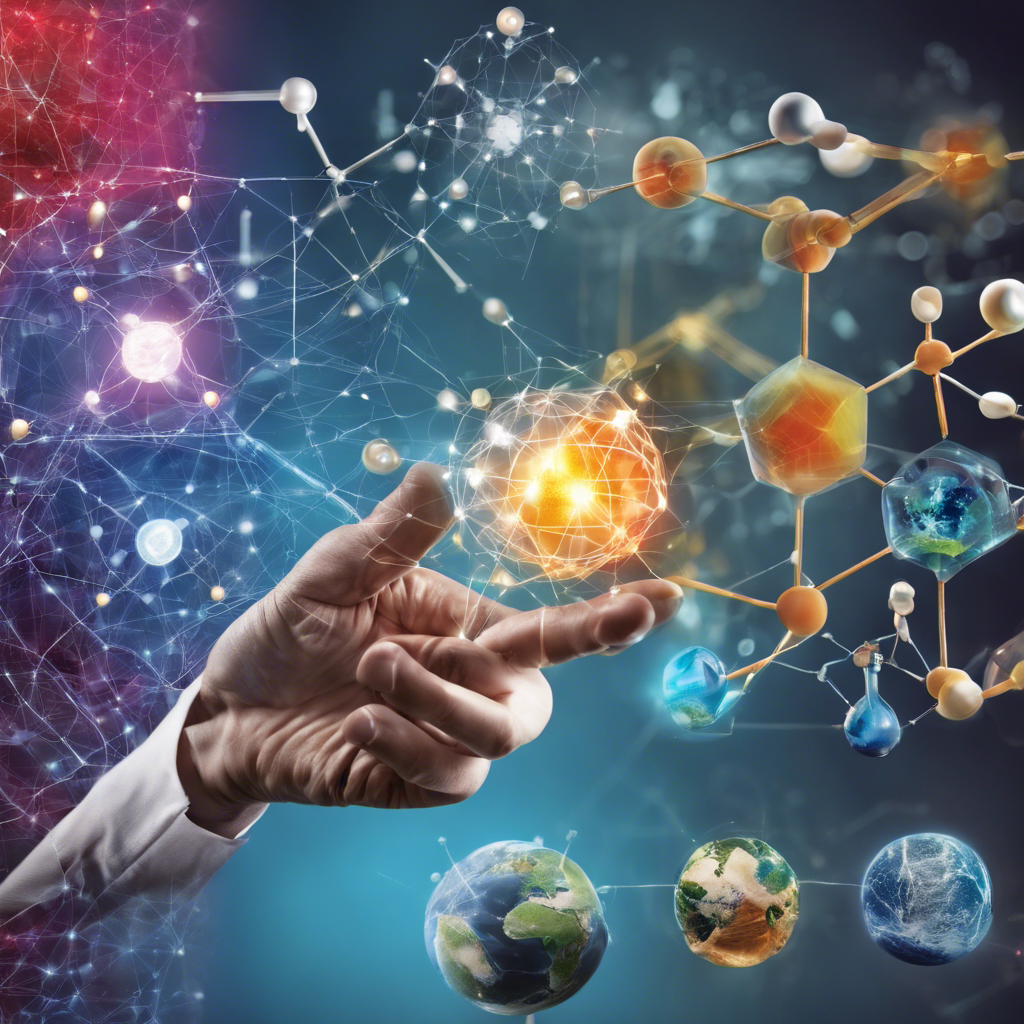Artificial intelligence is revolutionizing various scientific disciplines, from drug discovery to astrophysics, by enabling faster and more expansive research. However, the opaque nature of AI models poses challenges to traditional scientific methods and the very nature of understanding.
In recent years, artificial intelligence (AI) has made significant strides in the field of science, transforming the way researchers approach various disciplines. From drug development to astrophysics, AI is accelerating the pace of discovery and pushing the boundaries of what is considered possible. However, this rapid progress comes with a trade-off: the increasing opaqueness of AI models challenges traditional scientific methods and raises questions about the nature of understanding. As AI becomes more prevalent in scientific research, scientists are grappling with the need to demystify these models and ensure that knowledge is not just derived from predictions, but also accompanied by explanations.
AI in Drug Development:
One of the most promising applications of AI in science is in drug development. Insilico Medicine, a biotech company, has utilized hundreds of AI models to design a pill for the treatment of a chronic lung disease. The AI models helped identify a new target in the body and synthesized molecules for the drug, significantly reducing the time it would typically take to bring a drug to market. While the outcome of the clinical trials is still uncertain, the use of AI in drug development holds the potential to expedite the process and increase success rates.
AI in Molecular Biology:
DeepMind, a leading AI research lab, has made significant advancements in molecular biology. Their flagship model, AlphaFold, has successfully predicted the three-dimensional structures of millions of proteins, offering insights into various biological processes. However, while the model’s predictions have been hailed as revolutionary, they lack a comprehensive explanation of why a specific structure is likely. Scientists are now working to demystify AlphaFold’s predictions and understand the underlying mechanisms, highlighting the need to bridge the gap between AI models and human understanding.
AI in Other Scientific Disciplines:
AI is also making significant contributions to other scientific disciplines. Neuroscientists are using AI to gain insights into how the brain processes images and language, while biologists are leveraging AI to study rare diseases and understand genetic variations. In astrophysics, AI is helping researchers analyze vast amounts of data from the universe, enabling the identification of unknown phenomena. These advancements not only improve the speed and scale of research but also redefine the boundaries of what is considered possible in scientific exploration.
The Epistemic Dilemma:
While AI accelerates scientific progress, it also poses an epistemic dilemma. AI models often operate as “black boxes,” making predictions without providing clear explanations. This challenges the fundamental principles of the scientific method, which relies on understanding the causes and effects of phenomena. Without transparency, scientists are left grappling with predictions that lack explanations, blurring the line between knowledge and probability.
Demystifying AI Models:
To address the epistemic dilemma, scientists are working to demystify AI models and understand their inner workings. By studying how artificial neurons respond to stimuli, researchers can gain insights into biological neurons. This understanding could lead to breakthroughs in fields such as neuroscience and genetics. However, it is crucial to recognize that AI is not a silver bullet. The limitations of AI models, such as the need for large amounts of high-quality data and the complexity of real-world applications, highlight the importance of combining AI with traditional scientific methods.
Conclusion:
The rise of AI in science has ushered in a new era of discovery, enabling researchers to explore complex systems and generate hypotheses at an unprecedented pace. However, the opaqueness of AI models challenges the traditional scientific method and raises questions about the nature of understanding. As scientists strive to demystify AI and bridge the gap between predictions and explanations, they must also ensure that AI is used responsibly and in conjunction with established scientific practices. Only by embracing AI as a tool for collaboration and knowledge generation can we fully harness its potential to revolutionize the scientific landscape.











